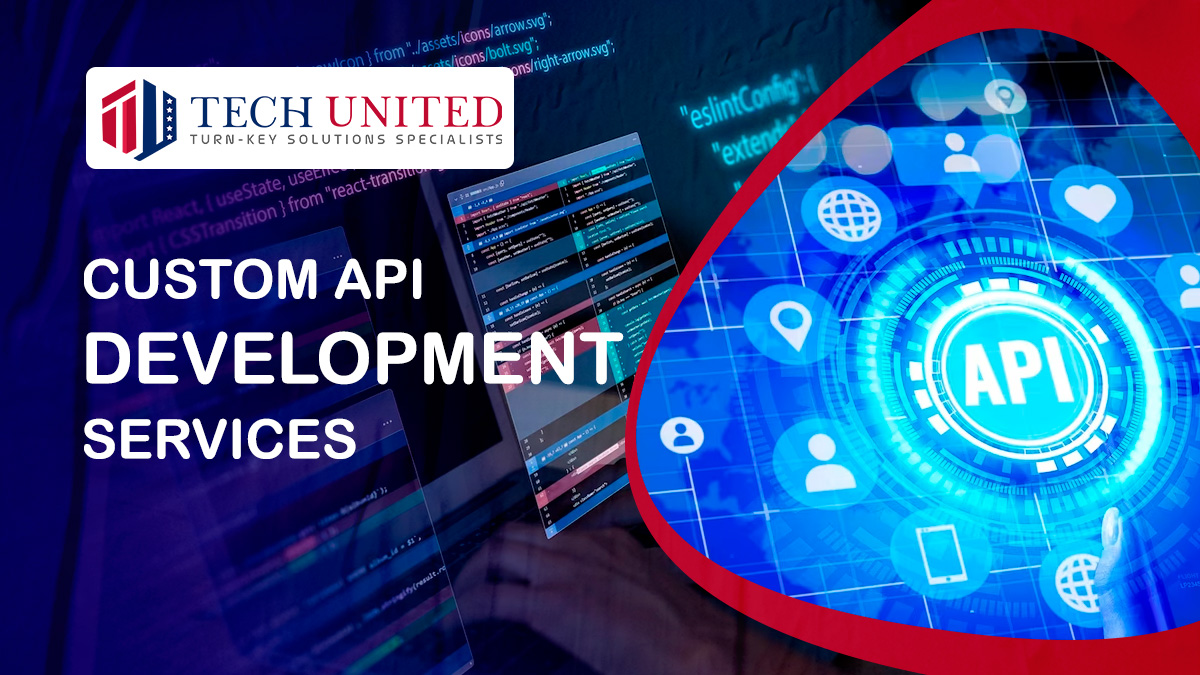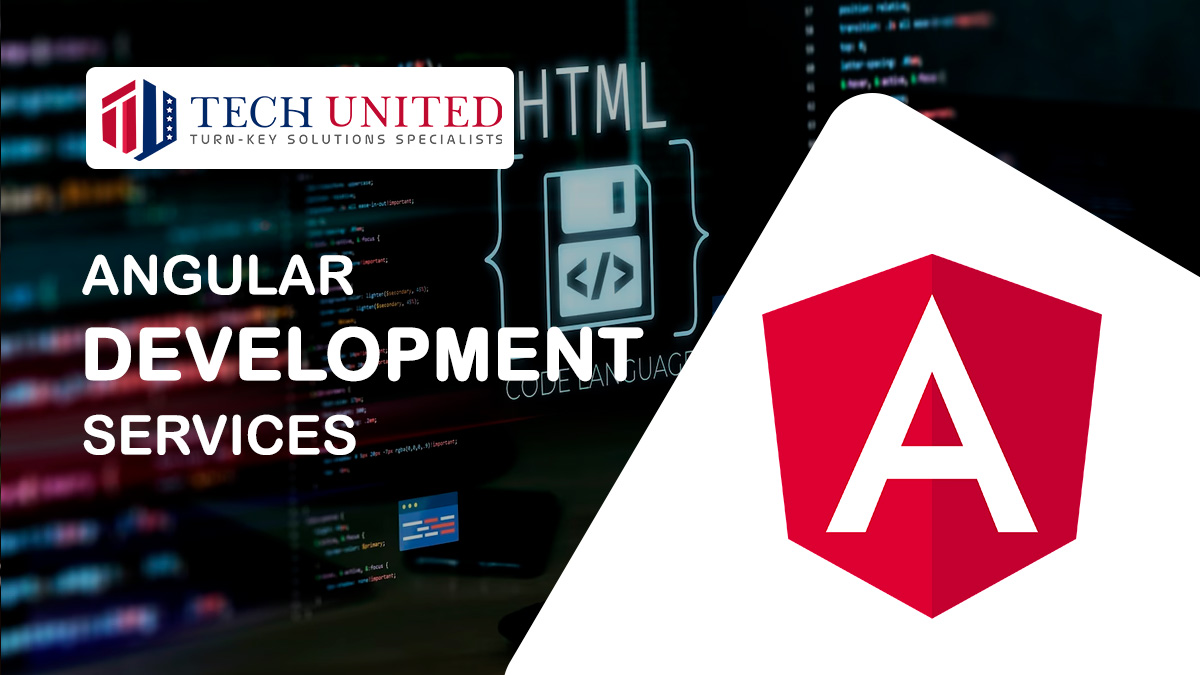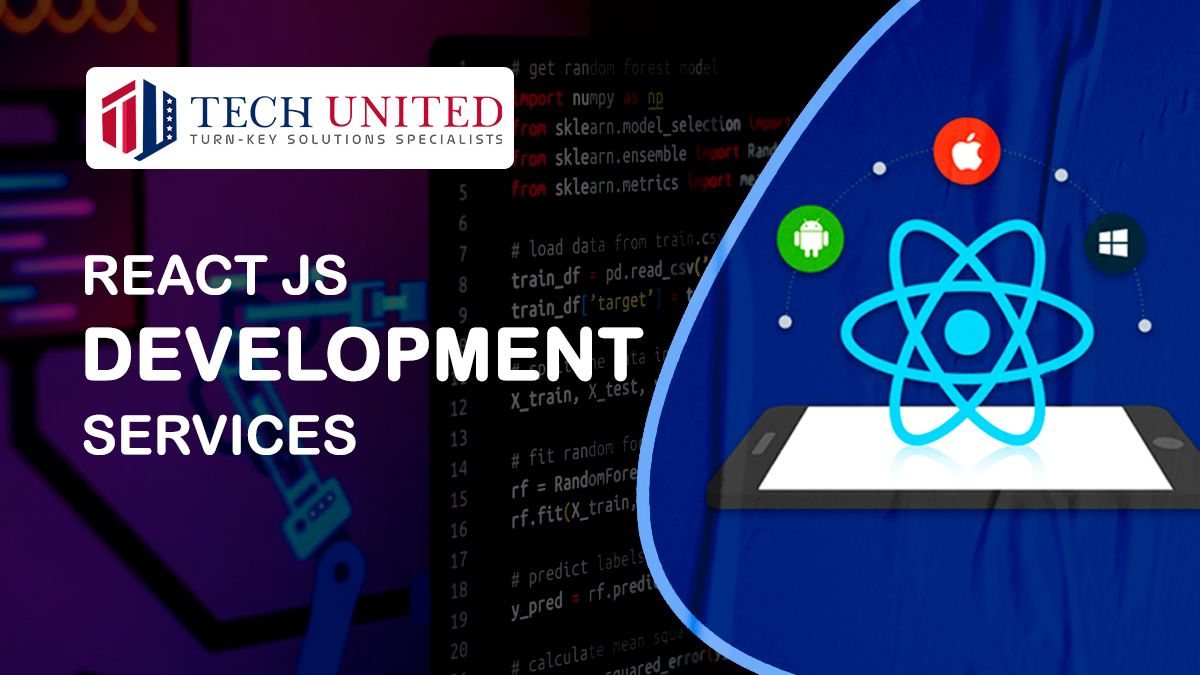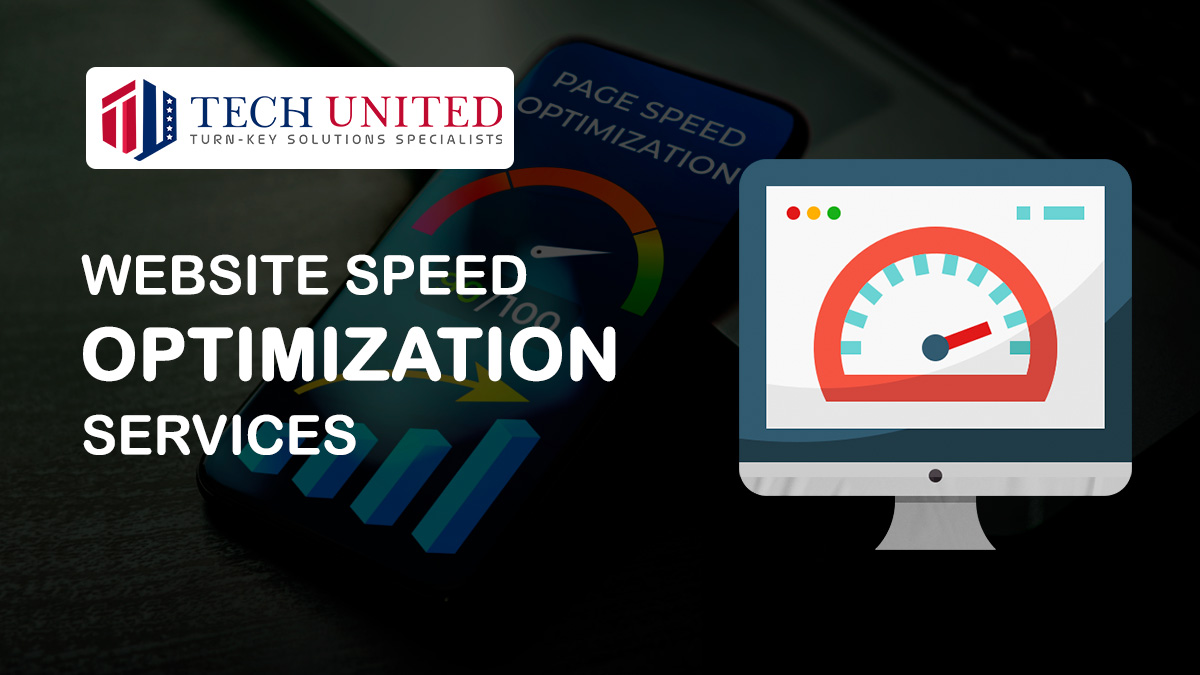Custom API development involves creating application programming interfaces (APIs) that are tailored to the specific needs and requirements of a particular application, system, or organization.
APIs serve as the bridge that enables different software components to communicate and interact with each other.
Here's a breakdown of the key aspects of custom API development:
1. Identification of requirements:
- Understanding Needs: The first step involves a thorough understanding of the requirements and goals. What data or functionalities need to be exposed or consumed by other parts of the system?
2. API Design:
- RESTful or GraphQL: Decide on the type of API architecture. RESTful APIs and GraphQL are commonly used, each with its own advantages and use cases.
- Endpoints and Methods: Define the endpoints (URLs) and methods (GET, POST, PUT, DELETE) that the API will support.
- Data Formats: Specify the data formats for requests and responses (usually JSON or XML).
3. Data Models and Schema:
- Data Structures: Define the data models and schema that the API will use. This includes the structure of input and output data.
4. Authentication and Authorization:
- Security Measures: Implement authentication mechanisms to ensure that only authorized users or systems can access the API.
- Token-based or API Keys: Choose between token-based authentication, API keys, or other secure methods.
5. Documentation:
- Comprehensive Documentation: Develop clear and comprehensive documentation for the API. This includes information on endpoints, request and response formats, authentication methods, and usage examples.
6. Testing:
- Unit Testing: Conduct thorough unit testing to ensure that each component of the API functions as expected.
- Integration Testing: Test the API in conjunction with other systems or applications to ensure seamless integration.
7. Scalability:
- Design for Scalability: Consider scalability from the outset. Design the API to handle a growing number of users and requests.
8. Implementation:
- Programming Language: Choose the programming language that best fits the project requirements.
- Frameworks: Use frameworks or libraries that simplify API development, such as Express for Node.js or Flask for Python.
9. Error Handling:
- Graceful Error Responses: Implement robust error handling to provide clear and helpful error responses to clients.
10. Versioning:
**API Versioning:** Plan for versioning to manage changes and updates to the API without disrupting existing users.
11. Monitoring and Analytics:
Monitoring Tools: Implement monitoring tools to track the performance of the API, identify bottlenecks, and troubleshoot issues.
Analytics: Use analytics to gain insights into API usage, user behavior, and performance metrics.
12. Security Audits:
Conduct regular security audits to identify and address potential vulnerabilities.
13. Deployment:
**Continuous Integration/Continuous Deployment (CI/CD): Implement CI/CD pipelines for automated testing and deployment.
**Hosting:** Choose a reliable hosting environment that aligns with the scalability and performance requirements.
14. Maintenance and Updates:
Regular Updates: Keep the API updated with bug fixes, security patches, and new features.
User Communication: Communicate updates and changes to users through proper channels.
15. User Support:
Establish support channels for users to report issues, ask questions, or seek assistance
Custom API development is a crucial aspect of building modern, interconnected systems. A well-designed and well-maintained API fosters seamless integration between different services, applications, or components, contributing to the overall efficiency and effectiveness of a software ecosystem.






